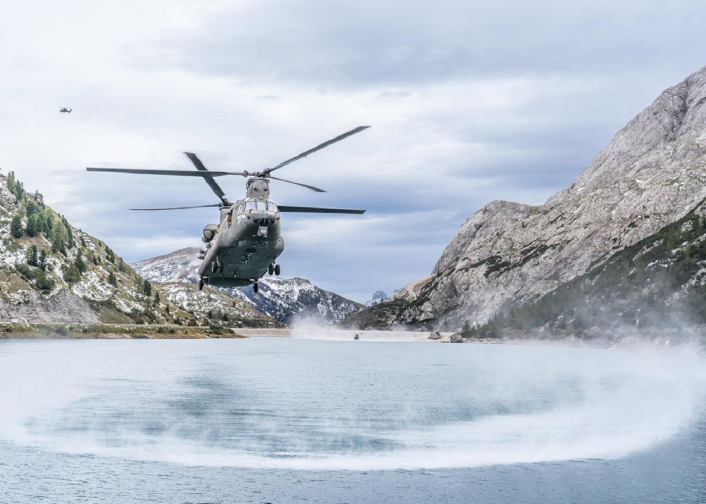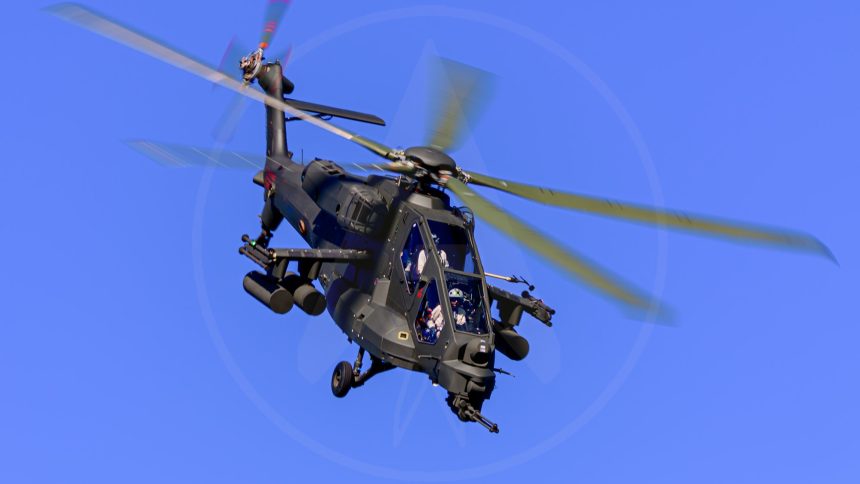Exercise “Stella Alpina 2024” saw specialized components of the Italian Army training with new systems and technologies, including a pre-production model of the new AW249 attack helicopter and electronic warfare systems.
A pre-production model of the new Leonardo AW249 next-generation attack helicopter took part in the Italian Army’s operational exercise “Stella Alpina 2024” at Lake Fedaia, near Trento in the North-East of Italy. The helicopter, which is currently undergoing testing, was integrated into the operation’s assets within the multi-domain tactical bubble.
The two-week exercise saw 600 personnel from specialized units of the Italian Army train on countering new threats in a multi-domain scenario, integrating innovative technologies. In fact, among the goals set by the service there was the deployment of systems, equipment and vehicles recently fielded or currently being acquired, such as the AW249.
One of the Italian Army’s (@Esercito) new #AW249 exploration and escort helicopters participated today for the first time in an operational exercise, #StellaAlpina 2024, at Lake Fedaia (Trento, Italy). The rotorcraft is a pre-production model currently involved in AW249 programme… pic.twitter.com/PsEO7rS2vA
— Leonardo Helicopters (@LDO_Helicopters) September 18, 2024
The reasons behind this goal are related to the complexity of todays combat scenarios, a shown by the current conflicts. Armed forces around the world are re-equipping and training to face these new scenarios, as demonstrated by the focus on multi-domain operations and new technologies in many major exercises.
“Today’s combat operations have changed shape and patterns on the field,” said the Chief of Staff of the Italian Army, Lt. Gen. Carmine Masiello. “On the one hand, we have capabilities and weapon systems that we know well and know how to use, but that twenty years of peace support operations had put in storage: tanks, artillery, armored vehicles; to these are added almost forgotten forms of conflict, such as trench combat and minefields.”
“On the other hand, there is the use of advanced technologies such as drones, hypersonic missiles, smart munitions, weapon systems that operate in electromagnetic space, in the cyber domain and through the space domain,” continued the General. “In short, a condensation of the past – large-scale conventional conflict – and the future – emerging domains and digital technology – which poses decidedly complex challenges to the land military instrument to face which the Italian Army must be ready.”
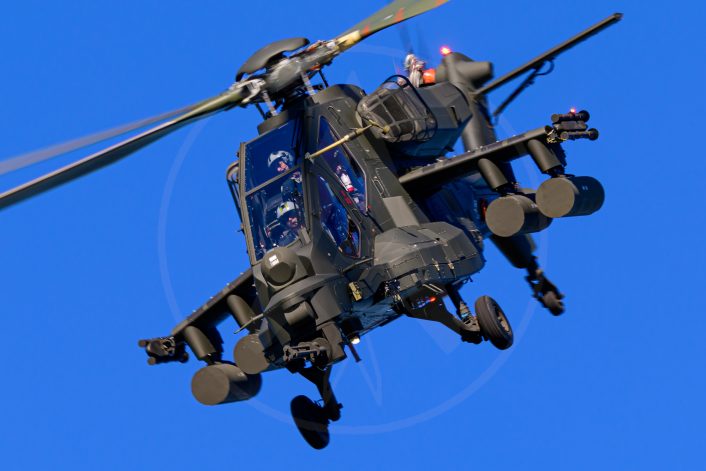
Few days before the final event of the exercise, Leonardo Helicopters held a family day at its facilities in Vergiate. Our friend Lorenzo Giacobbo was there and took the photos you can see in this article.
Stella Alpina 2024
The Italian Army said in a press release that the exercise “Stella Alpina 24” was planned to demonstrate the process of capabilities’ adaptation and technological innovation that the Army is carrying out, in a multi-domain perspective, to face the threats and the challenges of current war scenarios.
As mentioned earlier, among the main objectives of the exercise was the deployment of systems, vehicles and equipment that have just entered service or are being acquired. The overall objective is to adapt the land military instrument to the new paradigms of armed conflict and the new ways of fighting both from a technological and digital perspective.
The exercise included a tactical scenario aimed at reconquering a High Value Target, represented by the dam of Lake Fedaia. The recapture operation was conducted with conventional combat capabilities, flanked and supported by the main technological innovations that are being fielded by the service.
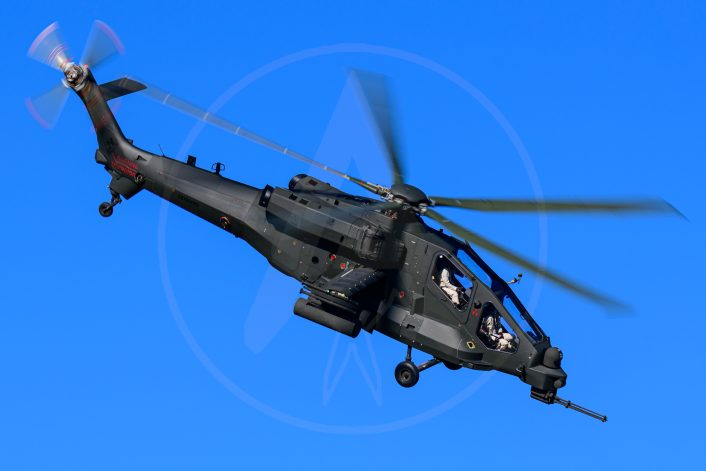
The protagonist among the new technologies in the exercise was the newly formed 9° Reparto Sicurezza Cibernetica (Cyber Security Unit) “Rombo”, which created a combat network and a multi-domain “tactical bubble”. The Army’s press release explained that the bubble included a series of cyber and electromagnetic protection measures which allowed to safeguard the units, their systems and connections and achieve the cyber superiority and management of the electromagnetic spectrum.
The “tactical bubble” allowed to maximize the effectiveness of kinetic actions and the protection of the forces employed at the Fedaia dam. Among them, the Army listed infantry, cavalry, artillery and engineering units of the Brigata Alpina (Alpine Brigade) “Julia”, Special Forces of the 185° Reggimento Paracadutisti Ricognizione ed Acquisizione Obiettivi (Paratrooper Regiment for Reconnaissance and Target Acquisition) and helicopters of the Army Aviation.
The Army said the integration of the capabilities in the cybernetic environment with those of the electromagnetic spectrum have proven to be crucial in maintaining the strategic advantage over potential adversaries with equal combat capabilities.
“Remotely piloted aerial, terrestrial and aquatic systems, new satellite communication technologies, anti-drone defense systems, autonomous or remote-controlled vehicles and weapons systems, threat acquisition tools supported by artificial intelligence and advanced Command and Control systems represent the new dimension of an increasingly technological and forward-looking Army,” further stated the press release.
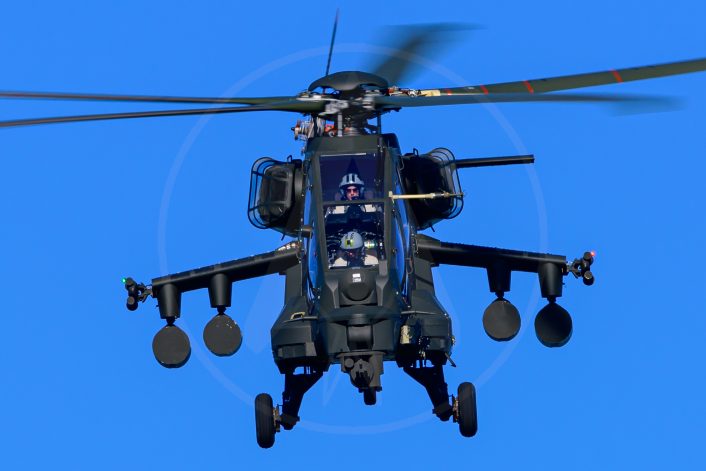
The AW249
The AW249, designated AH-249A NEES (Nuovo Elicottero da Esplorazione e Scorta – New Exploration and Escort Helicopter) and nicknamed “Fenice” (Italian for “Phoenix”), is the only new Western combat helicopter designed from scratch in recent years. The helicopter is being developed to replace the A-129 Mangusta which has been in service with the Italian Army since the 1990s and upgraded throughout the years until the current AH-129D variant, planned to be retire the AH-129 from 2025.
The AW249 helicopter, whose first flight took place on August 12, 2022, incorporates advanced technologies that enhance digitization, connectivity, sensor fusion, information superiority, and interoperability. Such features make it a force multiplier in multi-domain operations, seamlessly integrating into air, land, sea, space, and cyber domains.
Many mistakenly believe the AW249 is an AH-64 Apache look-alike, but beyond their tandem cockpit setup, the similarities are minimal. The AW249 represents a distinct evolution from its predecessor, the AW129, which traces its roots back to the A129 developed in the late 1970s and first flown in 1983.
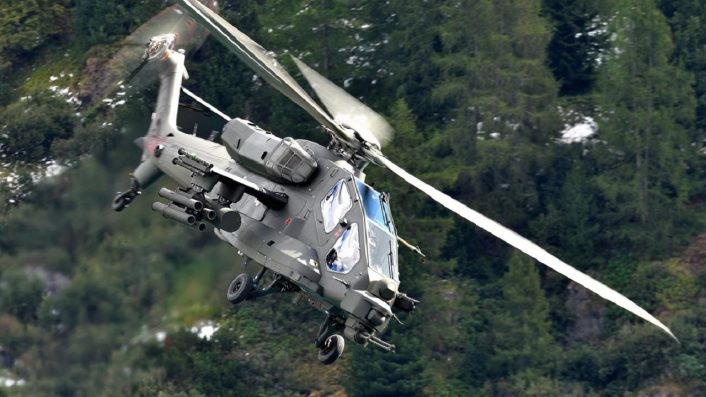
In fact, the original A129 was born as an evolution of the concept introduced by the AH-1 Cobra, the first to use a tandem cockpit configuration. Contrary to the Cobra, the Mangusta was based on a twin-engine configuration with a four-blade main rotor. The helicopter was intended as a pure anti-tank platform and armed only with TOW anti-tank missiles and unguided rockets. Only in the 2000s, with the A129CBT upgrade, the helicopter was equipped with a M197 20 mm gun.
While the AW249 builds upon lessons learned from the AW129, it features a new airframe, transmission, engines, and avionics. While stealth was not a requirement, the AW249 incorporates certain features to enhance its LO (Low Observability) characteristics, such as reducing radar cross-section and infrared signature, in order to make its detection harder.
The AW249 features a complete open architecture with significant margins for future growth. The core of its abilities, in addition to high performance, is the ability to be fully integrated and interoperable in the modern multi-domain battlefield. The AW249 features an advanced large area display human-machine-interface and touch screen/gesture recognition devices, together with helmet-mounted devices and a Battle Management System specifically developed by Leonardo.
You can read more about the AW249 and its capabilities in our report about its international debut at Eurosatory in Paris in June 2024.
